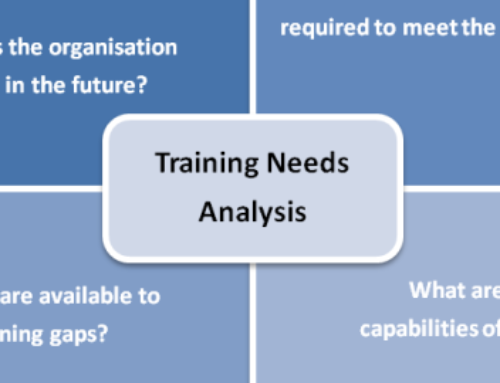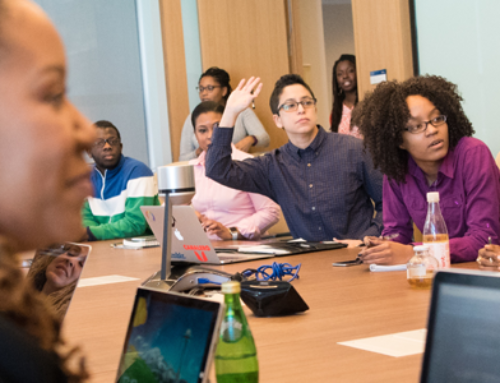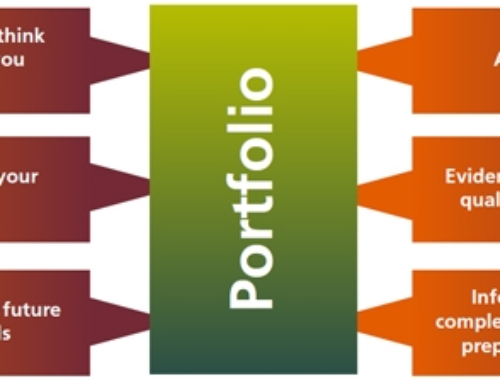Formative assessment describes all those processes by which teachers and learners use information about student’s achievement to improve their achievements. So it’s about using information to adapt your teaching, to adapt the work of your pupils to put the learning back on track … to make sure the learning is proceeding in the right direction and to support that learning.
Broadly speaking there are two kinds of assessment used in education – summative and formative. They differ mainly in terms of their purpose, how the evidence gathered will be used and by whom.
Mainly about improvement – Key questions
- How well are you doing?
- What progress has he made?
- What does she need to do now?
- Tends to be forward looking: part of the learning process, ongoing and continuous, used as an aid to future progress.
- Mainly used to diagnose needs, to provide feedback to help learners learn and to help teachers improve teaching.
- Casts teacher in the role of facilitator.
- Favours the use of classroom assessment planned as part of the lesson. Tends to take more time, is relative to individual pupils, is less easily generalised and more subjective.
Mainly about accountability – Key questions
- How good are you?
- Is she at level E yet?
- Can he do his 6 times table?
- Tends to be backward looking: to come at the end of a learning process, often separate from it and indicate present or past achievement.
- Mainly used to provide information to others about how much learners have learned for certification and accountability.
- Casts teacher in the role of judge.
- Favours the use of formal standardised tests, usually devised and sometimes scored by someone other than the teacher.
- These are short, cheap and easy to score, but usually lack validity, especially when used for accountability purposes.
Formative assessment
There is a strong emphasis on comparing students to certain standards, and feedback to learners comes in the form of marks or grades. These kinds of tests provide little direction or advice for improvement. Typically, the test content is generally too limited and the scoring is too simplistic to represent the broad range of skills and knowledge that have been covered.
There is a growing acceptance that where assessment is used as a formative element of classroom work, learning and attainment can be significantly enhanced. Assessment for learning shifts the emphasis to enable a better balance between summative and formative assessment – from making judgements to engaging in ongoing activities that can be used to support the next stages of learning.
Formative assessment, like summative assessment, is about gathering information relating to students’ learning but it is the point at which this information is gathered that makes it different. Formative assessment focuses on how a young person is learning as they undertake the task. The teacher is then more able to tune into the learner’s progress, picking up on emerging understandings and difficulties. Formative assessment provides teachers with information with which to modify or change the teaching and learning activities in which students are engaged.
The key strategies that underpin Assessment for Learning.
- Finding out where pupils are in their learning through discussion and questioning.
- Teachers agreeing clear objectives with pupils and providing feedback that helps them to achieve these goals.
- Sharing criteria for success and expectations with pupils through sharing learning intentions and success criteria with pupils.
- Making peer and self-assessment key components of learning.
- Enabling young people to take greater ownership of their learning.
Assessment for learning increases the capacity to learn
Assessment for learning places emphasis on helping pupils to achieve success through their own efforts and using techniques that work for them. Being wrong, making mistakes and struggling to understand or to do something is a necessary and formative part of learning. It can help young people to change their ideas about intelligence and understand how they can become smarter, better learners.
Sharing learning objectives and success criteria
Pupils cannot take more responsibility for their own learning unless they know what they are expected to learn and how they will know that they have been successful.
To help promote effective self-assessment, teachers need to go beyond simply telling pupils what to do and how to do it (the task or activity) and making clear what is to be learned (the learning intention or objective) and how to recognise success (the success criteria).
Developing success criteria at the planning stage is a vital element of formative assessment. Success criteria describe how both the teacher and the pupils will know that they have been successful in achieving the learning intention. Involving learners in the creation of success criteria enables them to see more clearly the relevance of classroom activities.





